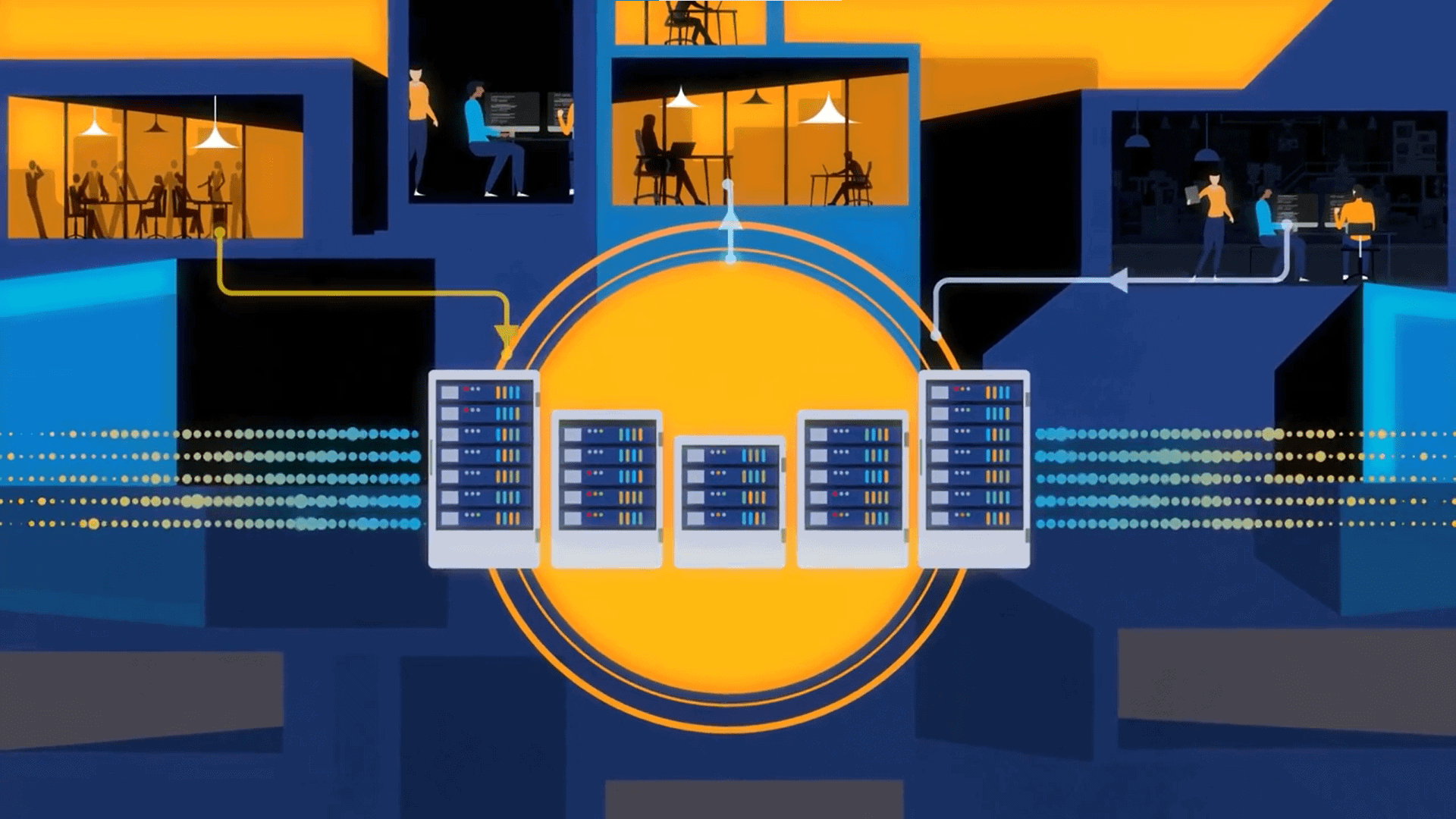
Delivering seamless digital experiences in 2025 requires smarter monitoring systems, richer data collection, and sophisticated tools that reveal patterns across millions of user interactions. The companies that master these capabilities now will define the next era of digital business.
In today’s economy, every digital interaction can make or break a customer relationship. Users now place extraordinary value on their time and attention, making every click, swipe, and moment spent with a company’s digital products a decisive factor in their loyalty. These heightened expectations are pushing companies to rethink their approach to monitoring their users’ experiences.
Here are four trends that will shape digital experience management in 2025.
The new paradigm of digital experience
The coming year will mark a decisive moment in how organizations approach digital experiences. Users now expect flawless experiences across every app they touch—from their morning coffee order to their evening streaming sessions. A single frustrating moment can send them looking for alternatives. The stakes extend far beyond preventing system outages; companies must now catch and fix even the smallest user experience issues before they get blasted on social media by frustrated users.
Traditional monitoring approaches are inadequate for this new reality. The combination of observability tools, real user monitoring (RUM), and product analytics often fails to capture the true user experience in real time and, for larger organizations, across millions of users simultaneously. In response, we’ll see a widespread adoption of monitoring solutions that provide an outside-in view of digital experiences, focusing on the customer’s perspective throughout their journey. For instance, malfunctioning “Buy Now” buttons or third-party payment gateway issues can quickly escalate from minor inconveniences to major losses of revenue, especially during high-traffic events like Black Friday sales or live streaming of major sporting events.
The evolution of experience monitoring
We’re about to witness an upheaval in how organizations measure digital experiences. The industry will move beyond the limitations of RUM and synthetic testing toward all user monitoring solutions that capture full-census measurement of user experiences. This will enable organizations to capture and analyze data from every user interaction in real time, spanning thousands to millions of users without sampling or compromise.
This shift will be particularly evident in how teams troubleshoot and optimize users’ experiences. The traditional approach combining RUM, synthetics, and session replay, while useful for individual case analysis or analysis based on sampled data, will give way to more sophisticated solutions that combine AI with comprehensive client-side telemetry to enable teams to make decisions based on every user interaction in real time.
These new approaches will provide unprecedented visibility into user behavior patterns and experience issues across entire user populations, spanning all devices, including iOS, Android, and web browsers. The ability to capture every click, tap, and swipe in real-time, without sampling, will transform how organizations understand and respond to user needs.
AI’s reality check and the data quality imperative
The artificial intelligence hype cycle will face a critical reality check in 2025. Organizations will demand concrete ROI from their AI investments, particularly in the context of digital experience management. The key revelation will be that AI’s effectiveness depends entirely on the quality and comprehensiveness of its underlying data.
Success with AI will require full-census, client-side data that enables deep analysis across diverse user cohorts, devices, third-party services, and geographic locations. Organizations that fail to provide their AI systems with comprehensive, accurate data will continue to miss critical issues affecting smaller user segments and struggle to identify specific experience problems that traditional monitoring tools might miss. This becomes particularly crucial in cases of personalization, fraud detection, and churn prediction, where incomplete data can lead to missed opportunities or undetected issues.
The convergence of observability and analytics
Budget pressures and the need for more efficient operations will drive the unification of observability and user analytics platforms in 2025. Organizations will no longer tolerate the confusion and misalignment caused by siloed monitoring tools. This consolidation will go beyond cost savings, enabling teams to identify and resolve user-impacting issues more quickly and effectively.
This convergence will fundamentally change organizational structures, with DevOps and product teams working more closely as every team begins to center around the customer experience. These cross-functional teams will leverage unified platforms to create seamless workflows between performance monitoring and user behavior analysis. The result will be a more proactive approach to experience management, where teams can anticipate potential issues by correlating system performance metrics with user engagement patterns and implement measures before problems impact the user base.
A final word on digital experience monitoring in 2025
The bar for digital excellence continues to rise, as do the consequences of poor experiences. Companies that create seamless digital experiences in 2025 will pull ahead of their competitors, while those that falter will quickly lose ground. Success requires a fresh approach: smarter monitoring systems, richer data collection, and sophisticated tools that reveal patterns across millions of user interactions. The companies that master these capabilities now will define the next era of digital business.






























